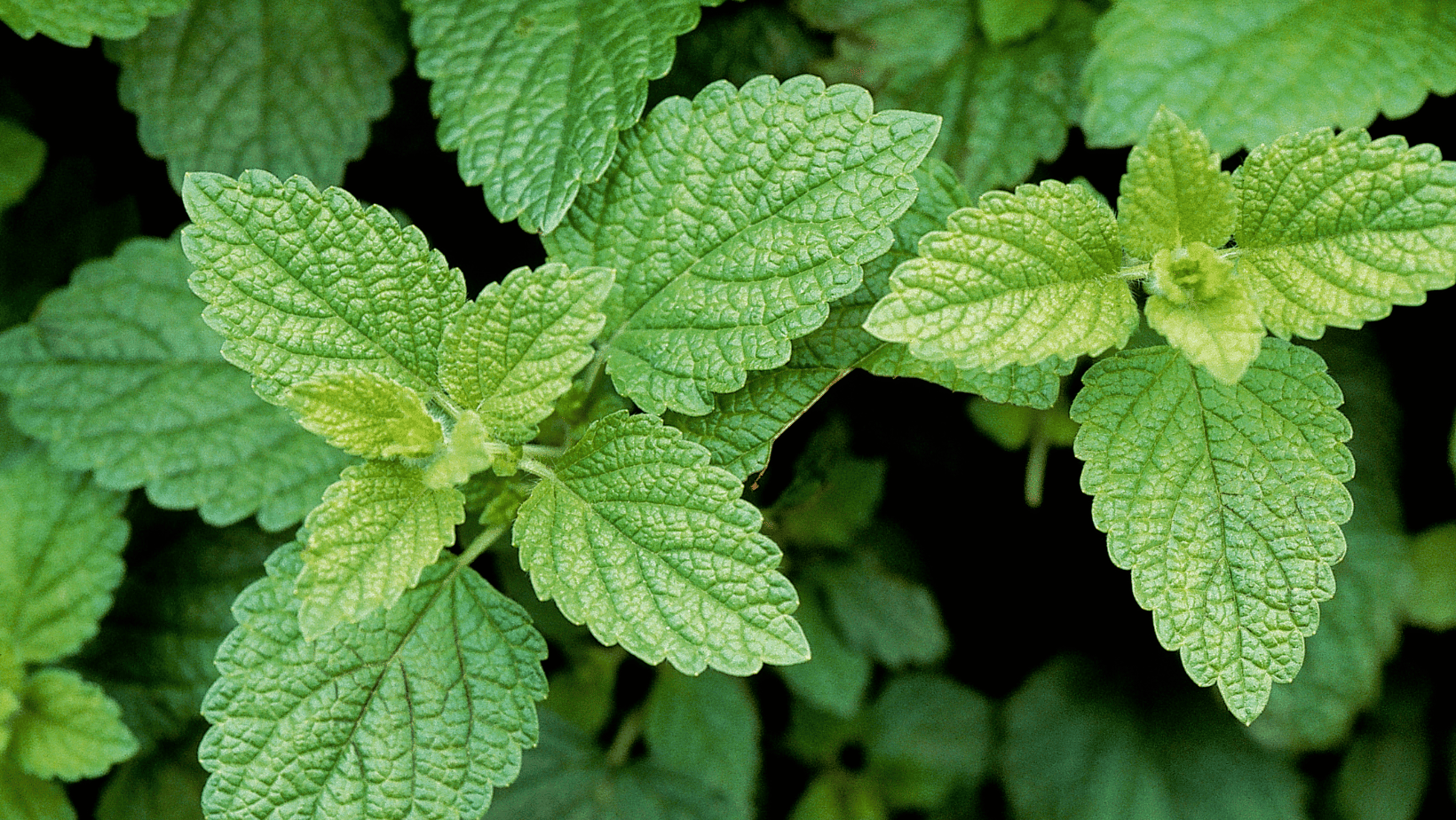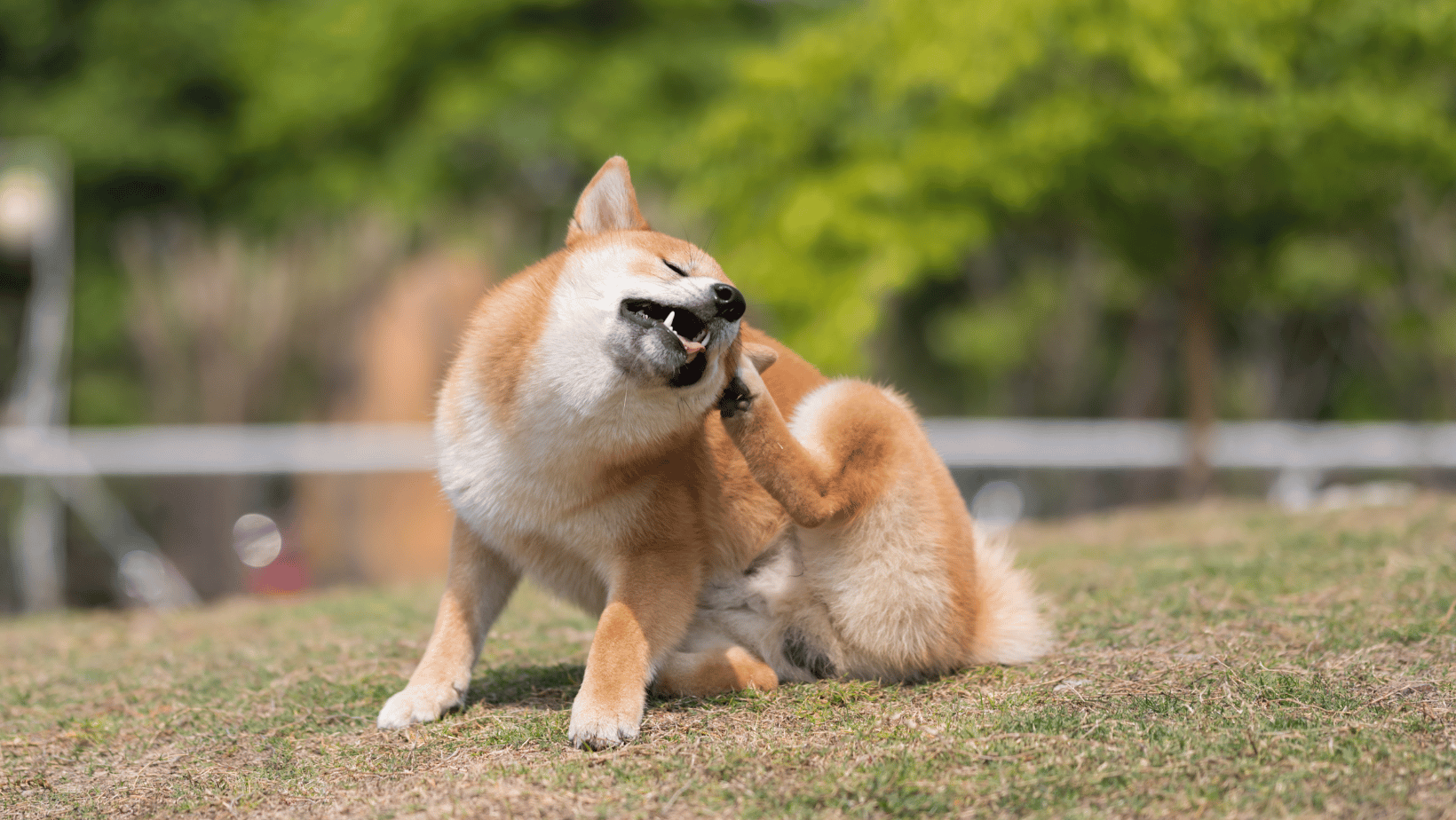Which herbs are effective against fleas?
Many anti-flea products sold in shops are actually chemical pesticides. Many people prefer not to use these substances because their dog might lick them, because they end up in water when the dog swims, or because children may come into contact with them. The products are also harmful to the environment.
Fleas & ticks

27 November '25 • 2 min reading time
Did you know that many ingredients still used in flea collars and spot-ons are banned in agriculture? For example, poultry farmers are no longer allowed to use fipronil to disinfect their barns, yet this pesticide is still found in some spot-ons for dogs and cats. A strange situation! Luckily, there are many alternatives — mechanical flea collars and the use of plants and herbs to repel fleas.
Which plants work against fleas?
Certain essential oils such as lavender, eucalyptus, peppermint, rosemary, thyme and citronella can help repel fleas. Coconut, lemongrass, lemon balm and fenugreek are also flea-repelling.
How do I use natural flea remedies?
There are various ways to use plants, herbs and essential oils against fleas. Always start gently, as some dogs may be sensitive or allergic to strong herbs like lavender. It’s smart to make your dog more resilient from both the inside and outside.
Flea prevention from within
Good nutrition helps create a healthy coat. If your dog receives appropriate food with all essential vitamins and minerals, you’ve already completed step one. For a healthy, itch-free skin and coat, consider supplements such as:
- Liquid silicon for strong hair and elastic skin
- Salmon oil for omega-3 fatty acids
- Biotin and zinc for strong skin and fast wound healing
Herbal supplements against fleas
Herbs that have been shown to be effective when used as dietary supplements to make dogs less attractive to fleas include:
- Rosemary
- Lemon balm
- Fenugreek
- Lemongrass
Often, a blend of different herbs is most effective. Use herbal supplements for several consecutive months for best results.
Sprays and shampoos
To fight fleas from the outside, you can use a spray or natural flea collar. Mix water with a few drops of essential oils (eucalyptus, peppermint, rosemary, thyme or citronella) and put it into a spray bottle. Spray your dog — but not on the head, as essential oils can irritate mucous membranes. You can also wash your dog with regular dog shampoo mixed with a cup of water and lemon juice. A mixture of half vinegar and half water can also help against fleas and works well on pillows, carpets and sofas.
Natural flea collar
For a natural flea collar, sprinkle a bandana or cloth with a few drops of essential oil (eucalyptus, rosemary or citronella). Tie it around your dog’s neck. Replace it regularly, as the effect diminishes over time.
Oil for the coat
If you prefer rubbing instead of spraying, you can also use oil products. For example, coconut oil for skin and hair — available at most drugstores. It nourishes the skin and also works against fleas. Products containing neem oil may also help.
Sources
Lans, C., Turner, N. & Khan, T. Medicinal plant treatments for fleas and ear problems of cats and dogs in British Columbia, Canada. Parasitol Res 103, 889–898 (2008). https://doi.org/10.1007/s00436-008-1073-6
Fabien Moog, Gaetan Vetea Plichart, Jean-Louis Blua, Marie-Christine Cadiergues. Evaluation of a plant-based food supplement to control flea populations in dogs: A prospective double-blind randomized study. International Journal for Parasitology: Drugs and Drug Resistance, Volume 12, 2020, Pages 35-38, ISSN 2211-3207, https://doi.org/10.1016/j.ijpddr.2020.02.001


